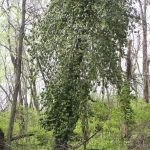Plant Survey
From spring to fall of 2014, Botanica conducted a plant survey to identify and document the plants that are growing on the future garden site. For over 40 years, the site has been largely undisturbed, except for periodic mowing and brush removal. The plant survey will help us understand the various native plants that are growing on the site prior to the garden’s development.
The effort was led by Patricia Haragan, botanist and author of numerous articles and field guides, including Weeds of Kentucky and Adjacent States: A Field Guide (1991) and The Olmsted Parks of Louisville: A Botanical Field Guide(2014). Pat is also the former assistant curator of the Davies Herbarium, now no longer in operation, at the University of Louisville. Joining her is Dr. Jeffrey Masters, botanist, University of Louisville, and Botanica board member and photographer Valerie Smith, who provided visual documentation of the survey.
Every week, Pat, Jeffrey and Valerie hiked around the 23-acre site, identifying and collecting specimens of the plants they found. See highlights below, or download the PDF for a full species list:
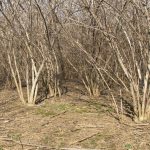
Amur Honeysuckle (Lonicera mackii) Plants
Dominant shrub on site.
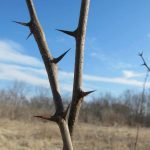
Black Locust (Robinia pseudoacacia)
Young trees.
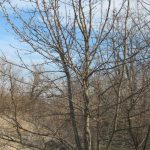
Bradford Pear – Prunus calleryana
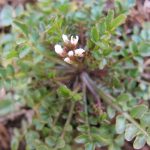 ‘
‘
Hairy Bittercress (Cardamine hirsuta)
Basal leaves and tiny white flowers
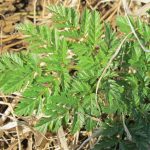
Poison Hemlock (Conium maculatum)
Basal leaves
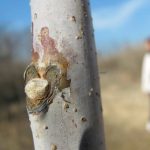
Tree of Heaven (Ailanthus Altissima)
Heart shaped scar with bud.
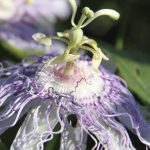
Passion Flower (passiflora incarnata)
Also thought to be an aphrodisiac hence name passion fruit. Reported to treat insomnia and anxiety.
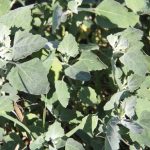
Lamb’s Quarters (Chenopodium album)
Considered by some to be the most widespread invasive species. Widely cultivated and a food crop in several parts of the world. Similar to spinach.
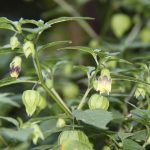
Virginia Ground Cherry (Physalis virginia)
This invasive species often contaminates soybean fields. It is toxic. However it is closely related to Tomatillo (Physalis philadelphica) the main ingredient in green salsa.
